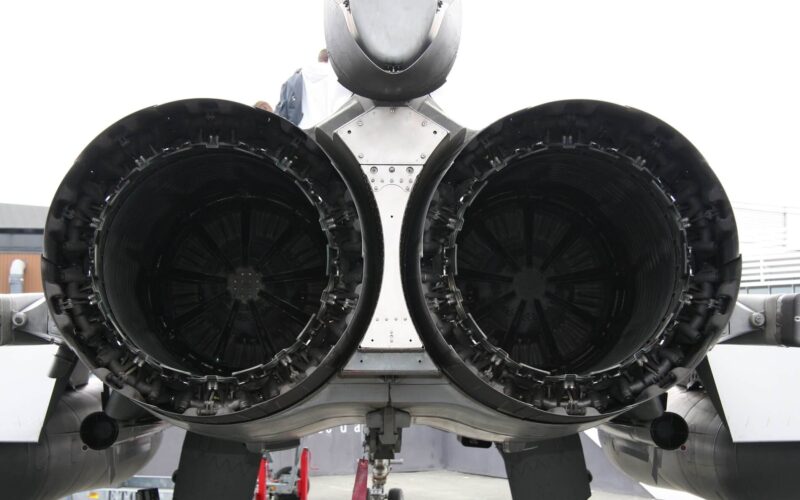The New Generation Fighter (NGF) sixth-generation fighter jet developed by France, Germany, and Spain in the framework of the Future Combat Air System (FCAS) will require more powerful engines than the ones currently equipping the Dassault Rafale (Safran M88) or the Eurofighter Typhoon (Eurojet EJ200).
Higher thrust means higher temperatures. According to the French Ministry of Armed Forces, those temperatures could reach 2100 Kelvin (1826.85 degrees Celsius) at the turbine inlet – 250 Kelvin (250 degrees Celsius) more than those of the M88. Current materials are not able to sustain such conditions.
Therefore, the French Ministry of the Armed Forces announced the launch of the ADAMANT (Acceleration of the Development of Alloys and Multilayer Systems for Application to New Turbines, quite a mouthful) research project. It brings together the Ministry’s procurement and innovation agency (DGA), the French national aerospace research center (ONERA), and the engine manufacturer Safran.
The project aims to accelerate the development of “new metal alloys and multilayer systems for high-temperature applications on turbine blades and disks.” To do so in short time constraints that traditional techniques could not meet, the program will use several innovative solutions, such as digital metallurgy, artificial intelligence, and data mining. “The success of this project will be based on the association of the scientific expertise of metallurgists, chemists and mechanics, with that of specialists in new digital methods,” explains the Ministry.
As a reminder, the development of the FCAS engine was entrusted to Safran and the German manufacturer MTU Aero Engines. After an initial development led by Safran, the two manufacturers will eventually set up a joint venture, aimed at achieving the certification of the new engine.

